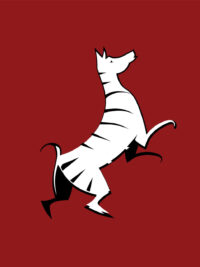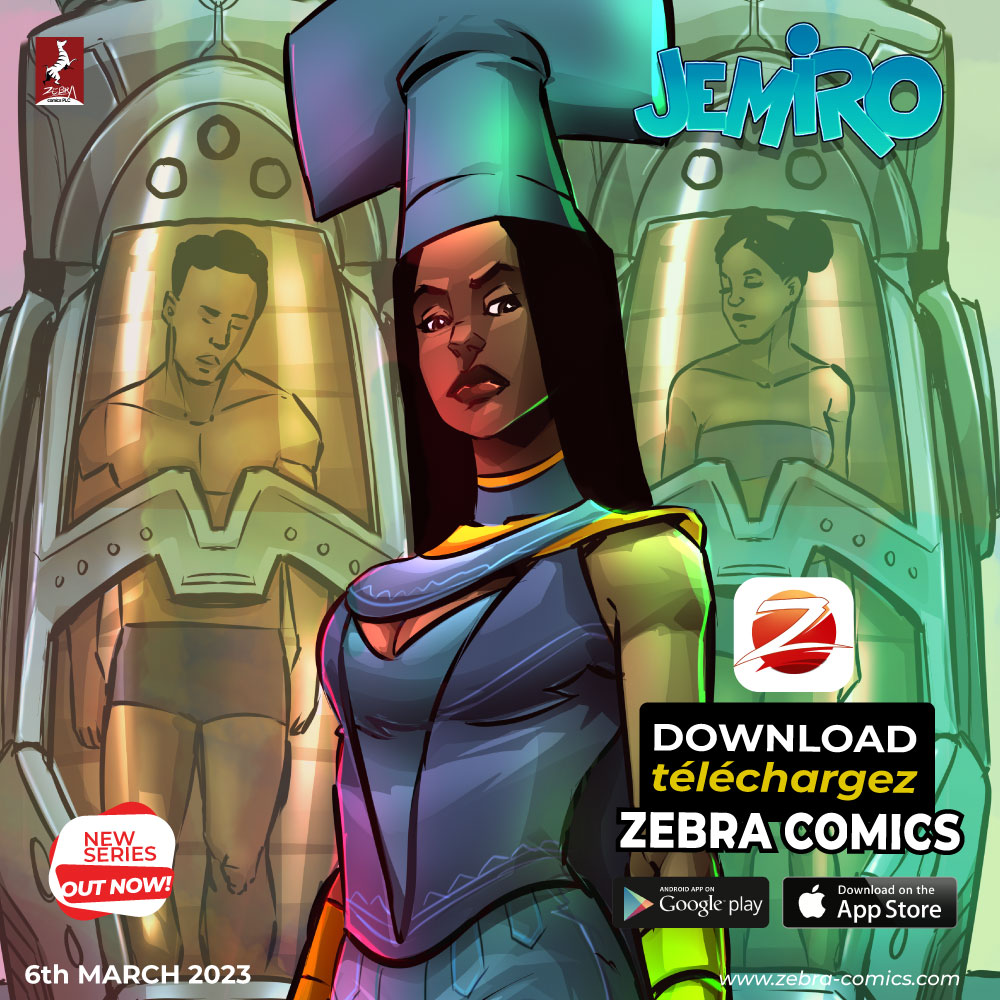Highest Read Comic on the Zebra Comics App in March 2023: Kawana Takes the Lead
Comic book lovers are always on the lookout for the next great read, and for the month of March 2023, Kawana was the most popular comic on the Zebra Comics app. The Zebra Comics app has become a popular digital platform for African comics, providing readers with exciting and captivating stories. Plot and Setting of […]
Highest Read Comic on the Zebra Comics App in March 2023: Kawana Takes the Lead Read More »










